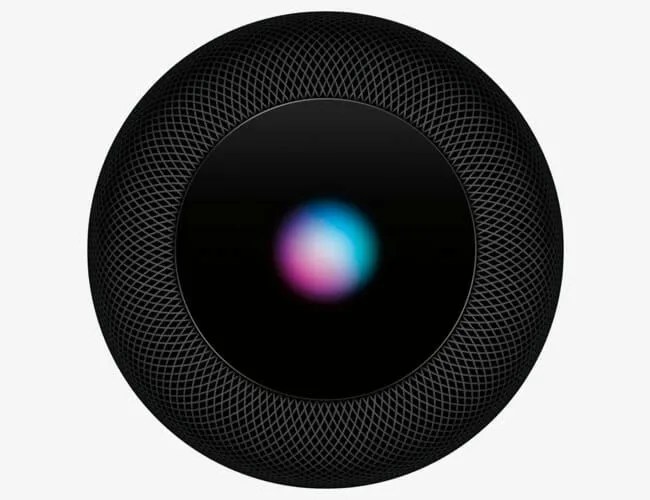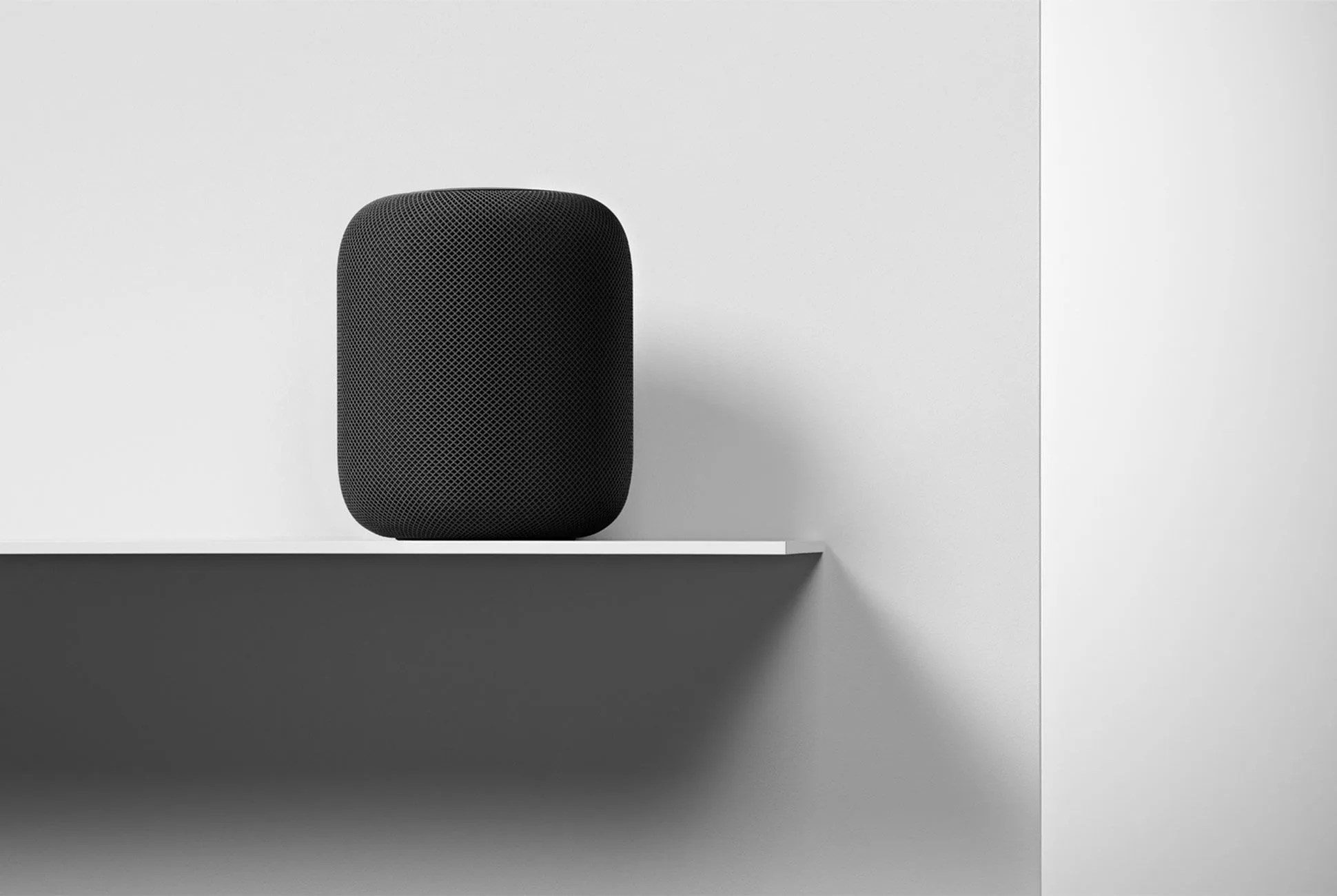The problem with Apple’s HomePod has never been its sound. When it was released, pretty much everybody who reviewed the HomePod said it was the best-sounding smart speaker you could buy, and an exhaustive HomePod review posted on an audiophile subreddit thread went viral, saying:
“I am speechless. The HomePod actually sounds better than the KEF X300A. If you’re new to the Audiophile world, KEF is a very well respected and much-loved speaker company. I actually deleted my very first measurements and re-checked everything because they were so good, I thought I’d made an error. Apple has managed to extract peak performance from a pint-sized speaker, a feat that deserves a standing ovation. The HomePod is 100% an Audiophile grade Speaker.”
It’s been a year-and-half (a little bit more, actually) since Apple released its first-and-only smart speaker and it hasn’t had the stellar success we’ve come to expect with Apple hardware. Just two months after its release, Apple reduced the number of orders from Inventec, the company manufacturing its HomePods, because of less-than-stellar sales forecasts. And, more recently, Apple officially lowered the price of a HomePod from $350 to $300.
So, why aren’t people buying HomePods?
The big two reasons are price and compatibility. The first is the easier of the two to explain. The HomePod costs $300 – or $350 at launch – and that’s just too expensive for a lot of people, especially when you consider that you could buy any of Google’s or Amazon’s smart speakers, a Sonos One, or even one of the latest offerings from Ultimate Ears for considerably less. The tradeoff is sound quality, but it turns out most people don’t prioritize that. Then there’s the issue of compatibility.
Unlike any of Amazon’s or Google’s smart speakers, or third-party smart speakers that use either Alexa or Google Assistant (like the Sonos One), Apple’s HomePod is designed to deliver the best possible experience for anybody with an iPhone and committed to Apple’s ecosystem. Similar to the way that iMessage has kept people from ever switching from iPhone to Android, Apple hoped that the HomePod and its iPhone-special features – the ability to send iMessages, make calls, quickly hand off audio to and from your HomePod, listen to voicemails and create notes (in the Notes app), all with “Hey Siri” voice commands – could cajole iPhone users. But it hasn’t exactly worked.

